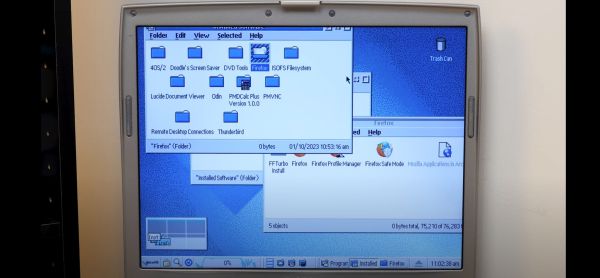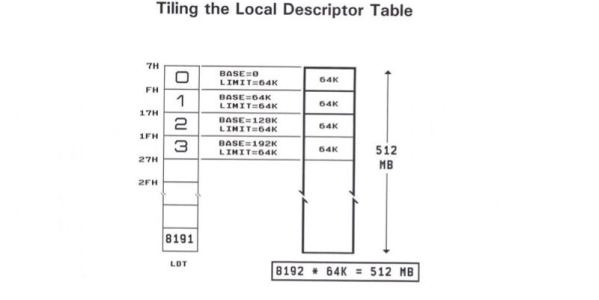The Hobbes OS/2 Archive is a large collection of OS/2 software that has been publicly available for many years, even as OS/2 itself has mostly faded into obscurity. Yet now it would appear that the entity behind the Hobbes OS/2 Archive, the Information & Communication Technologies department at the New Mexico State University, has decided to call it quits — with the site going permanently offline on April 15th, 2024.
Fortunately, from a cursory glance around the comment sections over at Hacker News and other places, it seems that backup efforts have already been made, and the preservation of the archive’s contents should be secure at this point in time. Regardless, it is always a shame to lose such a central repository, especially since IBM’s OS/2 operating system is still anything but dead. Whether for hobbyist, industrial or commercial use, there is still a vibrant community around today, as we noted in 2019 already in relation to the NYC’s subway system.
Beyond downloaded copies and boxed CDs bought on EBay, you can even get a modernized version of OS/2 called ArcaOS, which even comes with commercial support. Whatever the fate is of the Hobbes OS/2 Archive’s data, we hope it finds a loving new home somewhere.
















